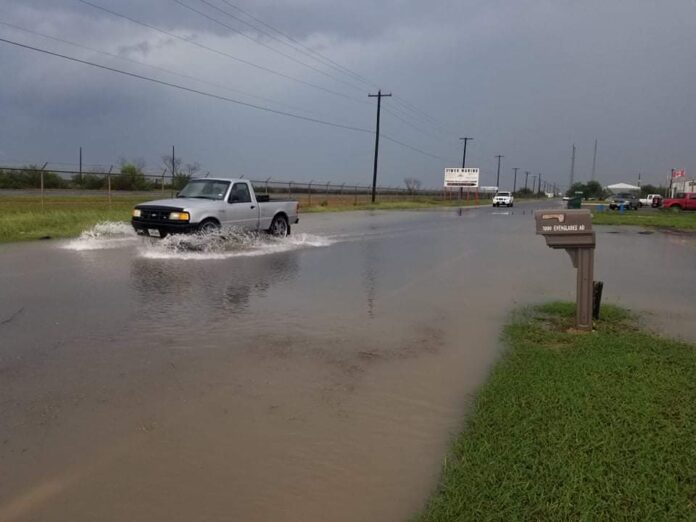Friday’s rainstorms took the Rio Grande Valley by surprise; even forecasters didn’t expect the amount of rain that many areas received. However, storms are a regular part of life on the coast, and heavy weather can develop at any time.
So the hundreds of cars left abandoned on roadways across the region can’t be justified. We know better.
Certainly, Friday’s rain was extraordinary. More than 10 inches fell in eastern parts of the Valley, as much of 8 inches falling in just a couple of hours. Dozens of Friday football games and other events were quickly postponed or canceled. Worse, in many areas the rain was heaviest at the worst times: between 3 p.m., when students leave school, and early evening when most people head home from work. Flooding in some areas reached 4 feet quickly.
As unusual as the storm was, however, flooding in the Valley itself is not unusual. Sitting near the Gulf Coast, this region will never be completely immune to high-water events.
Thus, most residents should know the first rule of dealing with floods: Don’t drive into high water. Many engines stall when they’re flooded. Worse, drivers have no idea if that high water is hiding debris that could stop or even wreck a car.
The depth of the water is irrelevant; an oncoming car can create a wave that can sweep over yours and knock it out.
Surely, many of Friday’s stranded motorists didn’t have to pick up students. They probably could have stayed home or waited out the worst part of the storm before leaving work. That’s the second rule: If you don’t have to go out in a storm, don’t. They could have given drainage systems time to work, and taken alternate routes wherever high water remained.
Likewise, some of the reported flood damage could — and should — have been mitigated. People who live in high-water areas already should have sandbags to help keep water from entering their homes. Communities across the Valley have distributed bags several times this year, as they normally do when an approaching storm gives them time to do so. Residents are expected to keep those bags ready for the next storm if possible.
Local officials already have secured disaster declarations, and already we are hearing the usual clamors for assistance — in many cases from the same sources that always ask for help.
And we expect the same complaints when it isn’t enough or doesn’t come at all.
Disaster declarations are meant to address emergencies. At some point, repeated requests for disaster assistance drift from emergency conditions to a sign of improper preparation.
State law requires people living in coastal counties such as ours to carry flood insurance. Too many people, however, ignore the law and are forced to recover from storms by asking for government assistance that is limited and can take years to arrive — if it ever does.
The money people save by avoiding insurance premiums probably is a fraction of the expense they must endure when they have to rebuild after a major storm or flood.
As the Valley recovers from the most recent flooding, we hope any damage was not devastating. At the same time we also hope that more people heed this latest reminder that when people challenge Mother Nature, Mother Nature always wins.





